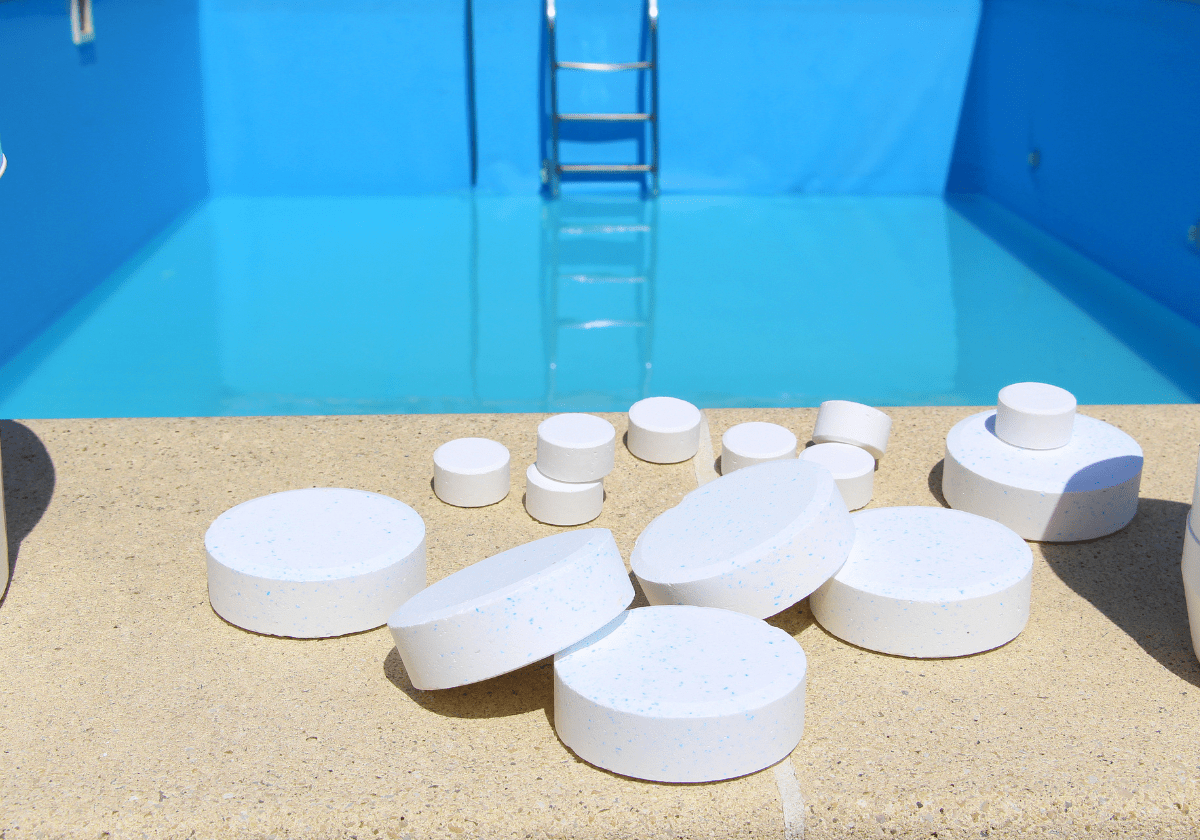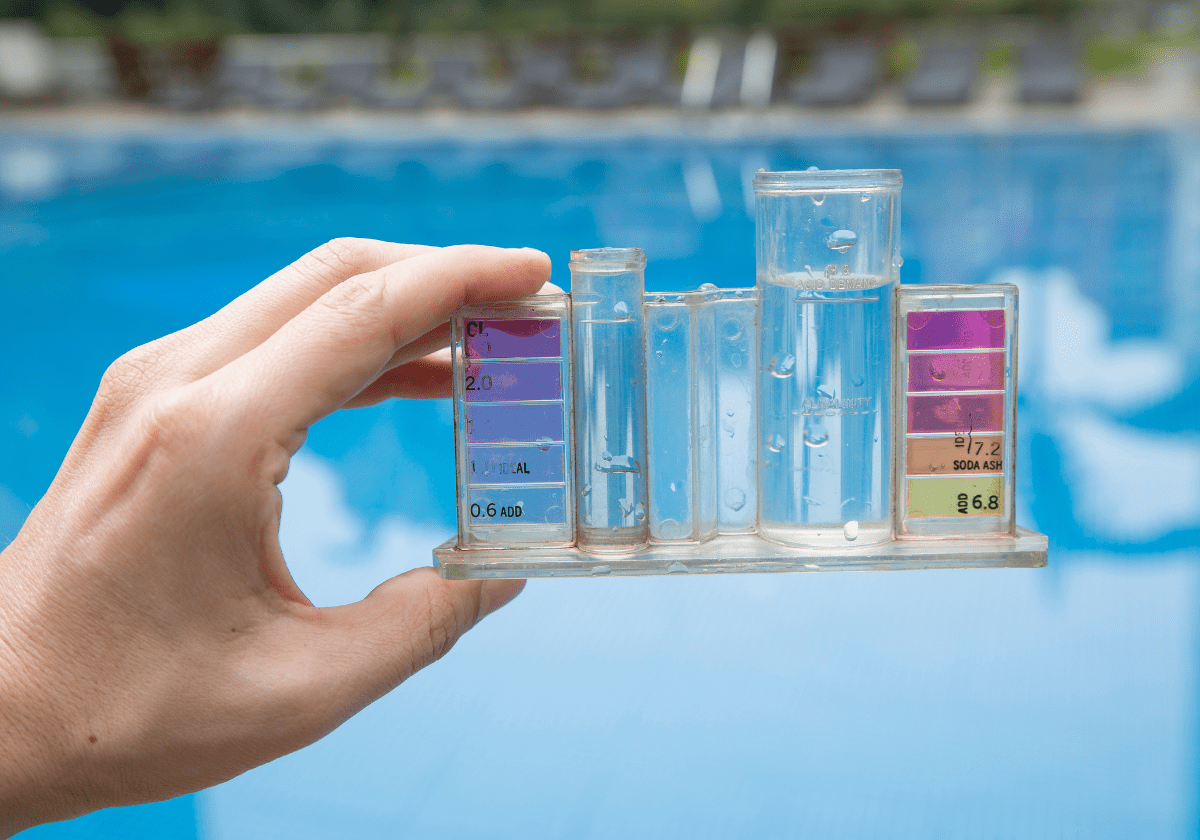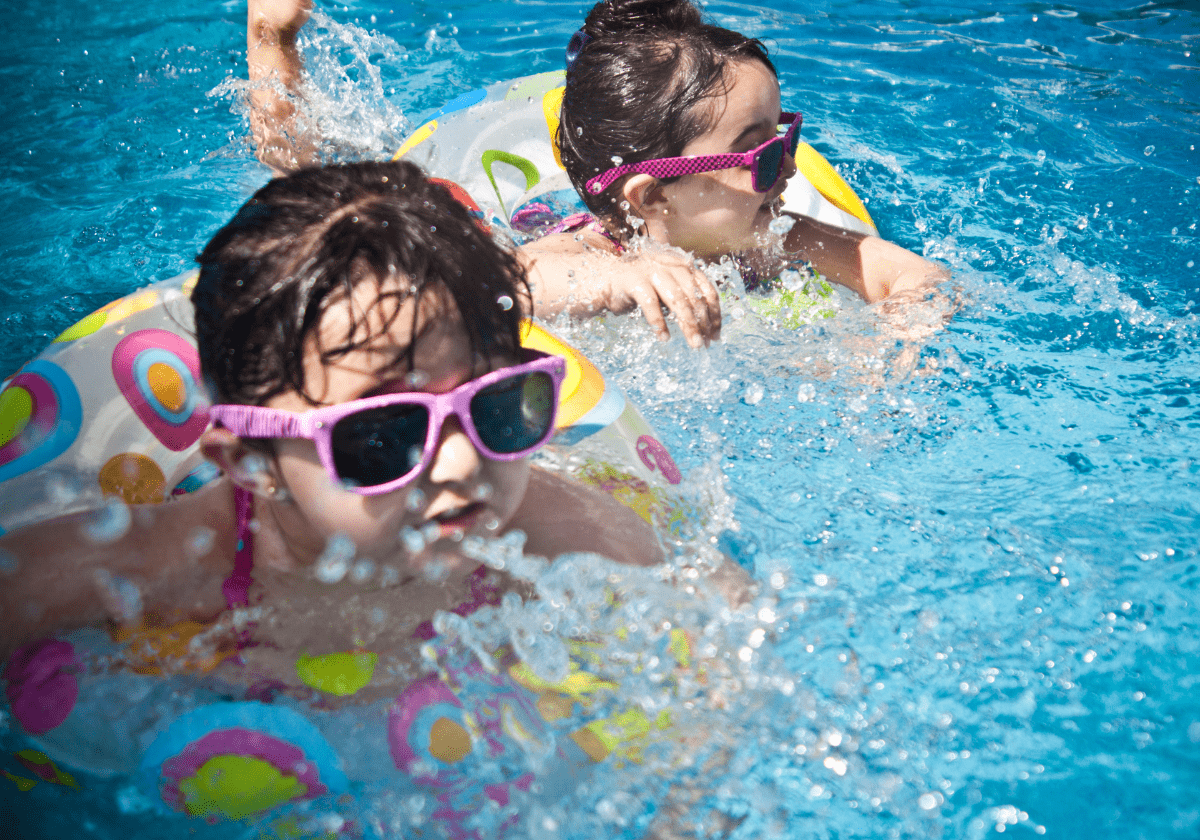The number of people who like to swim has been growing steadily, as shown by
the NSGA Annual Sports Participation Report .
Walking has been the most popular way to exercise every year since 1990. In 2008, 63 million people enjoyed 63 million hours of swimming, making it the third most popular sport after working out with equipment.
Even though it’s too early to call it a trend, experts say that swimming is becoming more popular again. According to the poll, the number of people who participated has gone up every year since 2003, with the only year when it went down: 2006. Sport creates modern pools with features that can be changed to fit the needs of a wide range of users.
Each person has their own personal favorite way to do the exercise of swimming. There are many things to think about when building a pool. One of the most important is whether to use chlorine or saltwater for the water. Most of the time, saltwater pools are not as rough as chlorine pools. It is very important to know the difference between the two methods and how much chlorine is in your pool.
Understanding Pool Chlorine
Regular swimming training improves physical health and keeps individuals relaxed. Nevertheless, it is important to know that swimming pools can introduce people to disinfectant byproducts. Chlorine and
chloride are the most common ones.
Pollutants in the water mix with pool sanitizers that contain chlorine to make chlorine and chloride, which works like a pool filter. Chloramine molecules are made in the process, which can make people sick.
The Risks Associated with Too Much Chlorine in Pool
There are different amounts of sanitizer in swimming pool water depending on things like how often the pool is used, the temperature, when the water is changed, how many people can fit in the pool, and other factors. Lack of disinfectant in pool water makes cleaning less effective and makes it more likely that germs will be present, while too much disinfectant can cause a number of health problems. If the water has a lot of salt in it, the pH may rise, which can make your skin and eyes feel bad by making them red and itchy.
Long-term contact with chlorine pills used in swimming pools can also hurt the lungs and cause symptoms like coughing or trouble breathing. This is especially true when the chlorine reacts with organic substances in the water. In addition, drinking too much water that has been handled with chlorine could cause stomach problems like nausea and pain in the abdomen. Chemical wastes, like chlorine, in pool water can hurt an in-water device and make it less resistant.
Reducing Water’s Chlorine Content
The
Council on Environmental Quality (CEQ) analysis suggests that people who drink chlorine-treated tap water are more likely to get cancer than people who drink water that has not been chlorine-treated.
Conversely, chlorine is always left over in public water filtration systems. This leads to the question of how to clean this kind of water. The best choice is the reverse osmosis water filter.
Salt Water Pool System
Unlike swimming in the ocean, splashing around in a saltwater pool is a completely different experience. These pools are cleaned with the same chemicals as regular chlorine pools, but they don’t have the bad smell of chlorine and don’t irritate the eyes or skin. Using a salt chlorine generator, also known as a chlorinator, is an option to adding chlorine directly to these systems. With electrolysis, this device changes the chloride in pool salt into chlorine.
Specialized tools are needed for this method. Maintaining pools with saltwater is also usually less regular, happening only once a month on average. These chemicals are less likely to hurt your eyes, skin, and clothing. Although a saltwater system may require a bigger original investment, it usually has lower ongoing costs.
The Saltwater Pool’s Development
The tools that are used for pools with saltwater have come a long way over the years. Australia was the first place where saltwater pools became popular in the 1970s. By the mid-1980s, these devices were becoming more and more common thanks in large part to companies like
Lectranator . After that, they were also accepted in Canada around the middle of the 1990s.
Later versions were simpler and cheaper, but the first designs were very expensive and complicated. At the moment, saltwater cleaning is the best option for pools that are brand new.
Benefits and Drawbacks of Saltwater Pools
The Benefits
A saltwater pool system doesn’t need as much regular care, like deep cleaning once a year.
Better water quality makes the texture of the water smoother and is good for your eyes, skin, hair, and clothing, all without adding more salt.
Additionally, there are financial benefits as the cost of additives goes down and pool salt becomes more affordable. Standard gear is used in the system, such as motors, filters, and saltwater producers that are easy to use.
The Drawbacks
One problem with pools that use saltwater is that they need a lot of upkeep. For example, you have to deal with large amounts of salt, add muriatic acid often, and keep an eye on the pH level all the time.
Salt tanks need to be cleaned and checked on a regular basis, and if there are problems with the generator or the system, you may need to get help from a professional. Salt can ruin the pool’s surfaces, lighting, and equipment because it eats away at metals. It may also cause salt rings to form on darker surfaces, which lowers the quality of the pool setting as a whole.
There are also chloramines in seawater, which can cause allergic reactions or asthma, and they don’t always kill parasites that are immune to chlorine. The materials used for decking and the plants nearby May also have bad effects.
Saltwater pools are known for needing a lot of power to run, needing expensive salt cells replaced every year, and costing a lot of money to fill with salt.
Insights into Traditional Chlorine Pools
Most people know that the chlorine pool is the most common, traditional, and cost-effective type of modern swimming pool. Chlorine pools have a smell that makes them easy to spot, and users may experience eye irritation and dry skin because of the chemical.
Their sanitation depends on chlorination, which is generally done with pills, liquids, or granules. Chemical tests and balancing must be done on a regular basis to keep the swimming area safe. Usually, these steps are taken once a week or twice a week.
The Chlorine Pool’s Development
For more than one hundred years, chlorine has been an important part of swimming pool cleaning, mostly to kill germs and stop algae growth. The element was found in 1774, and Humphry Davy confirmed that it was an element in 1807. England began using it to clean water in 1897, while the country was dealing with an outbreak of typhoid.
The first bottled chlorine came out in 1908. This made people realize how important chlorine is for keeping swimming pools clean. A year after
John Wymond Miller Bunker ’s trial at Brown University, the first swimming pool to be chlorinated opened in 1910. Starting in 1910 and ending in 1950, chlorine was always used to clean pools.
Soon after, rules about chlorine in pools were changed. In the past few years, improvements in technology have made it easier to maintain chlorinated pools. This makes swimming safer by using automated equipment and remote tracking.
Benefits and Drawbacks of Chlorine Pools
The Benefits
The best thing about chlorinated pools is that they can keep up a good pool environment and are very easy to manage.
Handling and storing chlorine is easy and doable, and you can easily get the information you need because most pool service companies have a lot of experience managing chlorine pools.
Cleaning your pool with chlorine is a safe way to keep the surfaces and equipment in good shape and make sure they last a long time. Compared to saltwater systems, chlorine systems are cheaper to set up.
Using only the most basic tools, like filters and pumps, the pool’s structure stays the same over time, which stops chemicals from breaking down the liner.
The Drawbacks
There are some problems with chlorine pools, like the fact that they need to be maintained regularly. This includes changing the chlorine level every week and giving shock treatments on a daily basis to stop algae from growing.
Safety rules must be followed when storing chlorine. The effects of pools on the environment may also be bad. For example, chlorine can make skin and eye irritation worse, make allergy and asthma symptoms worse, and not kill bugs that are resistant to chlorine.
On top of that, bleach and other chemicals could cost $300 to $700 a year. Also, removing and refilling the pool might need a lot of water. Last but not least, adding chemicals to the pool requires hard work if you don’t buy a chemical controller.
Conclusion
Selecting the appropriate type of swimming pool is a complex decision influenced by diverse elements like financial considerations, projected frequency of usage, and various other general factors. Safety is always the most important thing, though.








































































